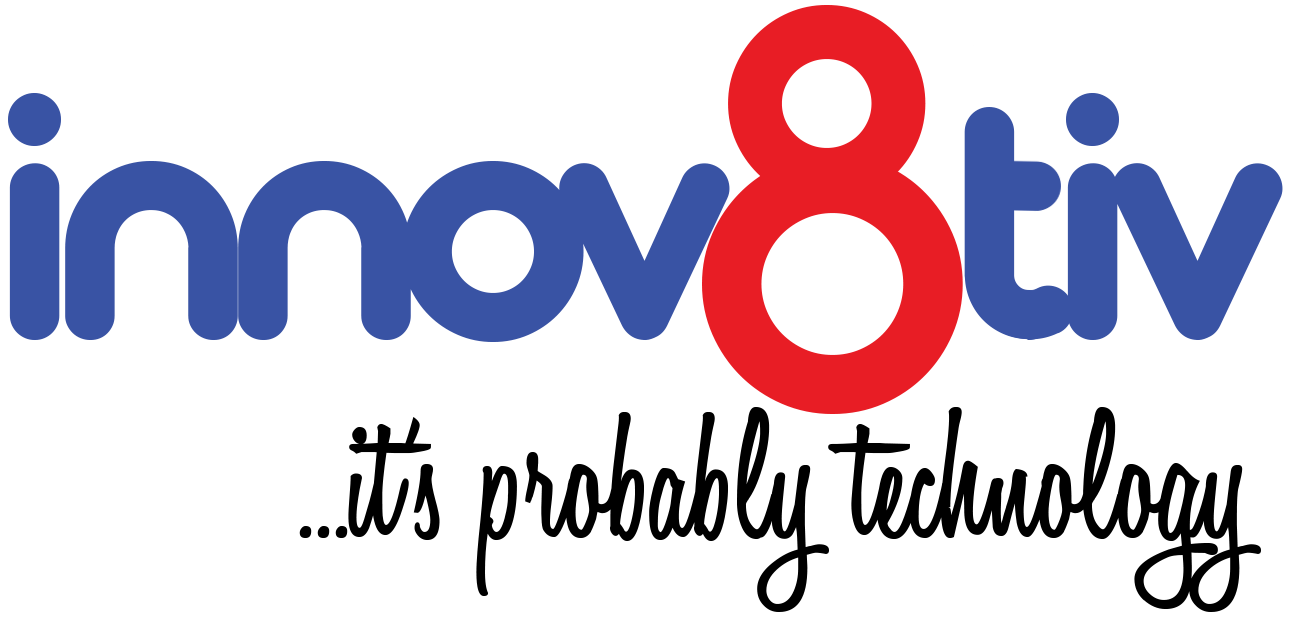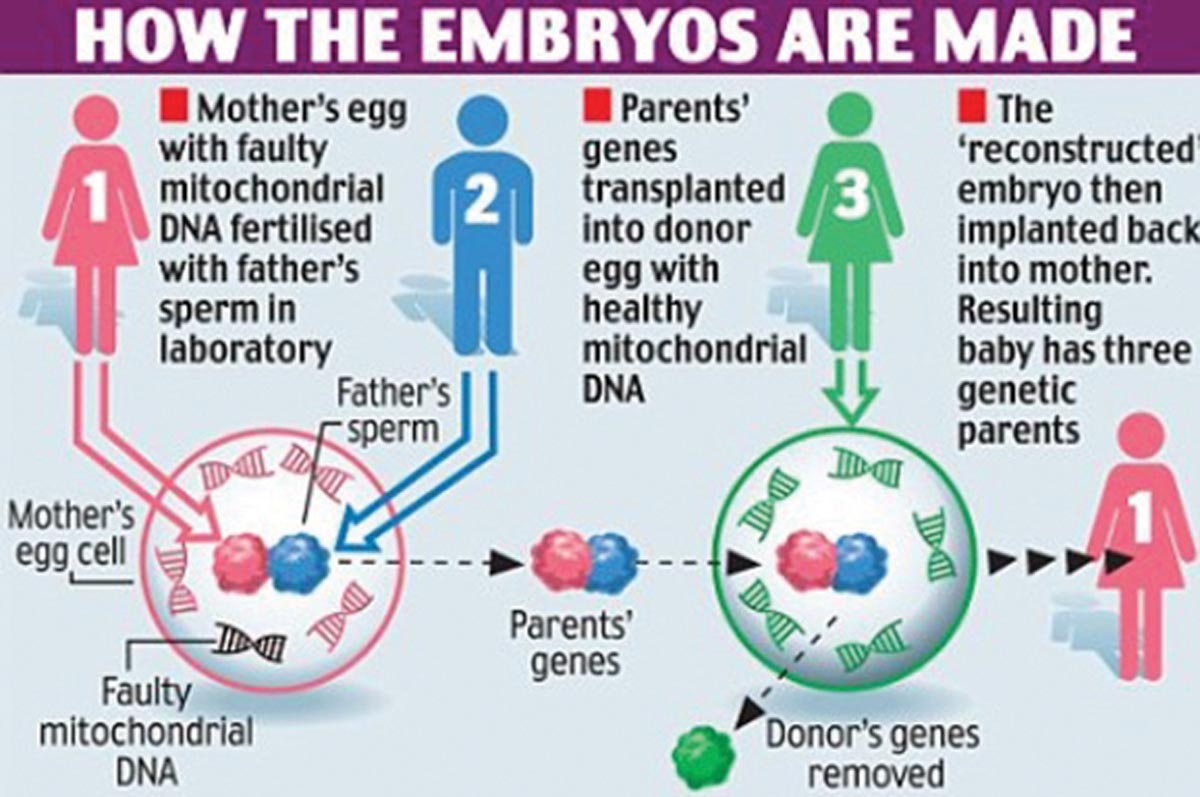Research led by the Newcastle University has found it possible to sire a baby using two women, both of whom will be its biological mothers. In simple terms, it is now possible to have a baby with one father and two mothers; three parents who are its biological/genetic parents.
This is a controversial In Vitro Fertilization (IVF) technique by scientists aimed at reducing the risks mothers have of passing defective genes to their babies. A move that will prevent the baby from having incurable genetic conditions, but critics argue that would be a step closer to having ‘designer babies’.
The technology will allow couples who were supposed to have children with horrific genetic diseases have healthy babies by using a second woman’s egg. Technically, the babies sired will have two genetic mothers, the egg donor, and the woman who is the spouse in the relationship.
It is said the scientist have been carrying out experiments in the labs on eggs and embryos for over a decade now. They have now reached a point where they are confident they can do human trials and treat the first woman. Should this happen, UK will be the first country in the world, and in history to have a baby with three genetic parents.
However, the researchers have said they cannot guarantee that every baby born out of their IVF technique will be healthy. Although ideally, their findings will eliminate incurable diseases like the faulty mitochondria found inside cells and turns food into energy.
The mitochondrial defect causes life-threatening illnesses in one in every 6,500 babies and claims about 50 genetic diseases that lead to infant deaths. Not to mention, women with mitochondrial defects miscarriage repeatedly and often have to make the decision whether to remain childless for life.
This latest medical development will help such mothers; by swapping their defective mitochondria with others from a healthy woman. As it works out, the woman with defective mitochondria gets her eggs fertilized by her partner’s sperm at a lab facility. The parent’s gene are then extracted from the mother’s egg (which has faulty mitochondrial DNA) then implanted inside a second donor woman’s eggs who has healthy mitochondrial DNA. The ‘reconstructed embryo’ is then implanted back into the first mother with defective mitochondria.
The resulting baby will have three genetic parents, with the healthy mitochondria despite one of the mothers having defective mitochondria all thanks to the second mother that donated a healthy egg.



